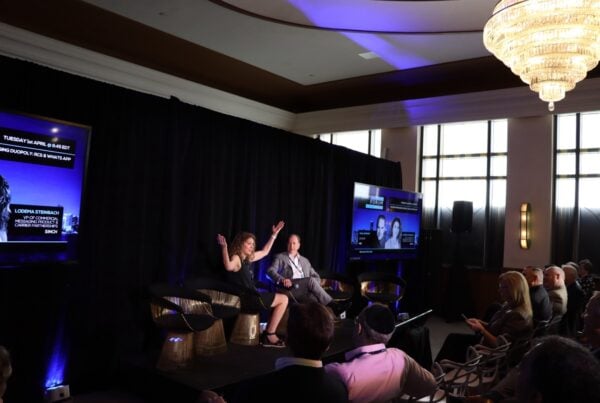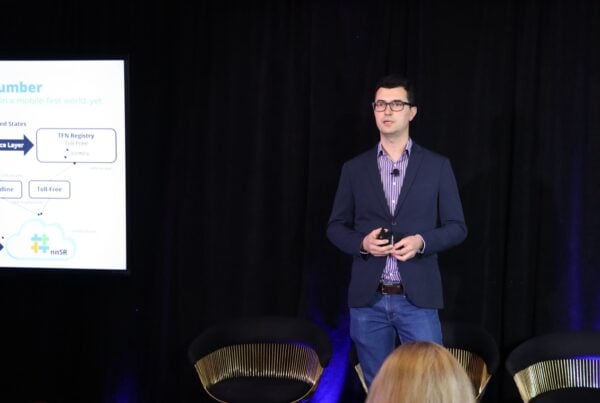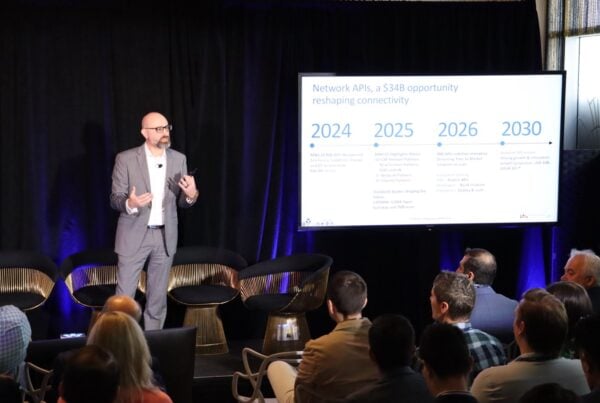This week, mobile operator JV, Weve, announced that it was scaling back its plans to launch and support its mobile wallet just as Apple prepares to move in to the NFC enabled, wave and pay market with its iPhone 6 and Apple Pay. With iPhones accounting for roughly one third of the UK smartphone users the move drastically reduces Weve’s addressable market which the Centre for Economics and Business Research forecasts will be worth £14.2bn in 2018.
Perhaps operators will focus their efforts on Android smartphones, yet Google launched its own NFC mobile wallet service in the US in 2011 in the form of Google Wallet, which to date has had a comparatively minor impact. Here, Mike Bradbury, CEO of billing and payments consultancy, T-Exec discusses the implications of the move.
For several years now we have been hearing that widespread adoption of mobile payment technologies is just around the corner. Despite sluggish growth to date, forecasts still suggest that the mobile payments market will be worth £14.2 billion in the UK alone by 2018.
With this amount of money at stake – not to mention the customer stickiness on offer – it is perhaps surprising that EE, Vodafone and O2 have announced plans to scale down their investment in Weve, their joint ‘Wave and Pay’ offering, just as it appeared ready for take-off. The project that their sponsors hoped would place them at the heart of the mobile payments space has ended, as so many before it, as a bungled attempt to compete for a major growth market.
“Within minutes of Tim Cook’s announcement in California, millions of people around the globe now want to pay for stuff with their soon-to-be-delivered iPhone 6. A bit like spending 89 minutes of a football match struggling to find a goal, only to see the opposition centre forward pop up in the 90th minute and win the game.”
It must be particularly galling for these operators, having expended so much time and effort trying to develop a marketable mobile wallet offering, to see the reaction to Apple’s launch of its own mpayment service, Apple Pay. Within minutes of Tim Cook’s announcement in California, millions of people around the globe now want to pay for stuff with their soon-to-be-delivered iPhone 6. A bit like spending 89 minutes of a football match struggling to find a goal, only to see the opposition centre forward pop up in the 90th minute and win the game.
It is fair to ask why MNOs always seem to be behind the curve when it comes to customer-focused initiatives, rather than network-focused, engineering ones. From the outside, it looks very much like they lack the creativity, leadership and skills to achieve their business goals when these relate to the behaviour of customers rather than radio waves.
Strangely the story is often different in emerging markets, where MNOs have shown a level of creativity and confidence in customer-centric services that has yet to be seen in mature markets. Vodafone/Safaricom’s M-Pesa mobile money service is a case in point. This straightforward, SMS-based service now accounts for over 30% of Kenya’s GDP!
The inescapable conclusion is that the MNOs can compete perfectly well in parts of the world where the competition is local and weak. In these markets, they have the time and the capital to create new services and roll these out to consumers for whom, in most cases, they represent a significant quality of life improvement. But in the mature markets, where the competition is fierce and new innovations come thick and fast, the MNOs have shown themselves to be too slow and indecisive and out of tune with the consumer experience. This year alone, the O2 Wallet and the Square Mobile Wallet App have both been closed down and Weve has followed suite without even being launched.
Mike Bradbury
CEO
T-Exec
Meanwhile the mobile payment space is booming. Industry stalwarts, Paypal and Zapp continue to grow their businesses, the UK banks have now released Paym and of course Apple Pay will arrive in the UK before long. Retailers are looking for ways of capitalising on the growth in shopping by phone and will surely want to support any service that makes it easier for customers to buy – both in-store and while on the move. The whole retail eco-system is developing and the line between ‘bricks and mortar’ outlets and online stores is blurring as more and more businesses seek to blend both into a consistent online/offline experience.
So, we can already see a future where shoppers can connect with the retailers and products that they are interested in, wherever and whenever they want to be. They will browse, compare, select and buy with a click or a wave. And where will the MNOs be? Down below, in the Network Operations Centres shovelling the radio waves around the country faster and faster to help Apple keep its customers happy.
Global perspectives on mCommerce and mobile wallets feature as a session on Global Day of MEF Global Forum 2014, MEF’s annual conference in San Francisco, November 17 – 19 – find out more on the website.




